When I was in NYC recently, I saw a lot of great shows, including the Whitney Biennial, which I was able to visit a couple times in the final days it was on view.
Many of the 75 artists in the Biennial were new to me; among those whose work I was already familiar with, I was especially looking forward to seeing Jeffrey Gibson’s and Nicholas Galanin’s work. I saw an in-depth survey of Gibson’s work in Like A Hammer last winter at Seattle Art Museum, which I wrote about here. As for Galanin, I first became aware of his work in a show curated by Lara Evans some ten+ years ago. Among the many powerful works in the exhibition I thought his tapestry, White Noise, American Prayer Rug, worked extremely well on many levels. For a good review of the Biennial see Zachary Small’s review at Hyperallergic.
It was a bit odd seeing some of the familiar works from the permanent collection on view in the new galleries, a sensation like recognizing an old friend one hasn’t seen in some time, and taking a moment to adjust to changes that have occurred since a last visit. Seeing Barnett Newman’s 1965-66 Here III in a new location was refreshing, and confirmed it’s timeless beauty.
The beautiful paintings by Amy Sherald were at Hauser & Wirth. Like many of us, I first became aware of her work after her commission to paint the portrait of First Lady Michelle Obama. I had only seen one of her paintings in person, earlier this year at SAM, so when I learned that her show would be up, I knew it was another must see show. It was a beautiful installation with a generous amount of space between the paintings allowing them sufficient space to breathe, stand on their own, yet retain a relationship to the others in the gallery. The calm beauty, the gaze of the subjects out of the picture, was engaging and captivating. The paintings also bring you in, inviting you to come close, to look carefully, examine the totality, the delicate, sensitive, and complex relationship of color, surface, and exquisite handling of paint. If one merely glances or looks at these paintings too quickly, one would miss out on seeing, truly seeing, the subtle beauty in each of these works.
Another exhibition that requires careful, dedicated looking, is the beautiful retrospective of Vija Celmins: To Fix the Image in Memory. This 60 year retrospective presents works beginning in the 1960s. I’ve always loved how she sees, what she chooses to focus on, and how she doesn’t let up until she has throughly solved the visual problem. I was hoping more of her editioned works would be included in the show, but there was plenty to explore. About the time I got to the west gallery with the big windows on Madison Ave I felt like I was starting to really “see” into the paintings, behind the surface, and they were imprinting onto my retina in a strange way… it was a little spooky at first, but then it felt really good, like I was connecting on a deeper level, almost as if I was seeing what was on her retina.
The exhibition is on through January 12, 2020. The show is in the former Whitney Museum on Madison Avenue, designed by Marcel Breuer, and currently a part of The Metropolitan Museum, soon to house the Frick Collection while they undergo renovation.
I went to see an exhibition at the Ford Foundation Gallery, Utopian Imagination. The Gallery is located in the Ford Foundation Center for Social Justice a 1967 building designed by renowned architects Kevin Roche and John Dinkeloo.
Also on view, in the lobby outside of the gallery, is a Kehinde Wiley portrait, and Hank Willis Thomas’ series I Am A Man, and Richard L. Copley’s photograph from the Memphis Sanitation Worker’s Strike of 1968. Meanwhile on the west coast, Portland Art Museum has a major exhibition of Thomas’ work through January 12, 2020.
- Nicholas Galanin, White Noise, American Prayer Rug, 2019
- Amy Sherald, The Heart Of The Matter, Hauser & Wirth, NYC, 2019
- Amy Sherald, The Heart Of The Matter, Hauser & Wirth, NYC, 2019
- Amy Sherald, The Heart Of The Matter, Hauser & Wirth, NYC, 2019
- Richard L. Copley, I Am A Man, gelatin silver photograph, 1968
- Hank Willis Thomas, I Am A Man, 2009
- Hank Willis Thomas, I Am A Man, 2009
- Hank Willis Thomas, I Am A Man, 2009
- Richard L. Copley 1968 / Hank Willis Thomas 2009
- Vija Celmins To Fix the Image in Memory The Met Breuer
- Ceiling lights, lobby of Marcel Breuer’s 1963-66 Whitney Museum / Met Breuer / Frick
- Barnett Newman, Here III, 1965-66, The Whitney Museum, NYC
- Barnett Newman, Here III, 1965-66, The Whitney Museum, NYC

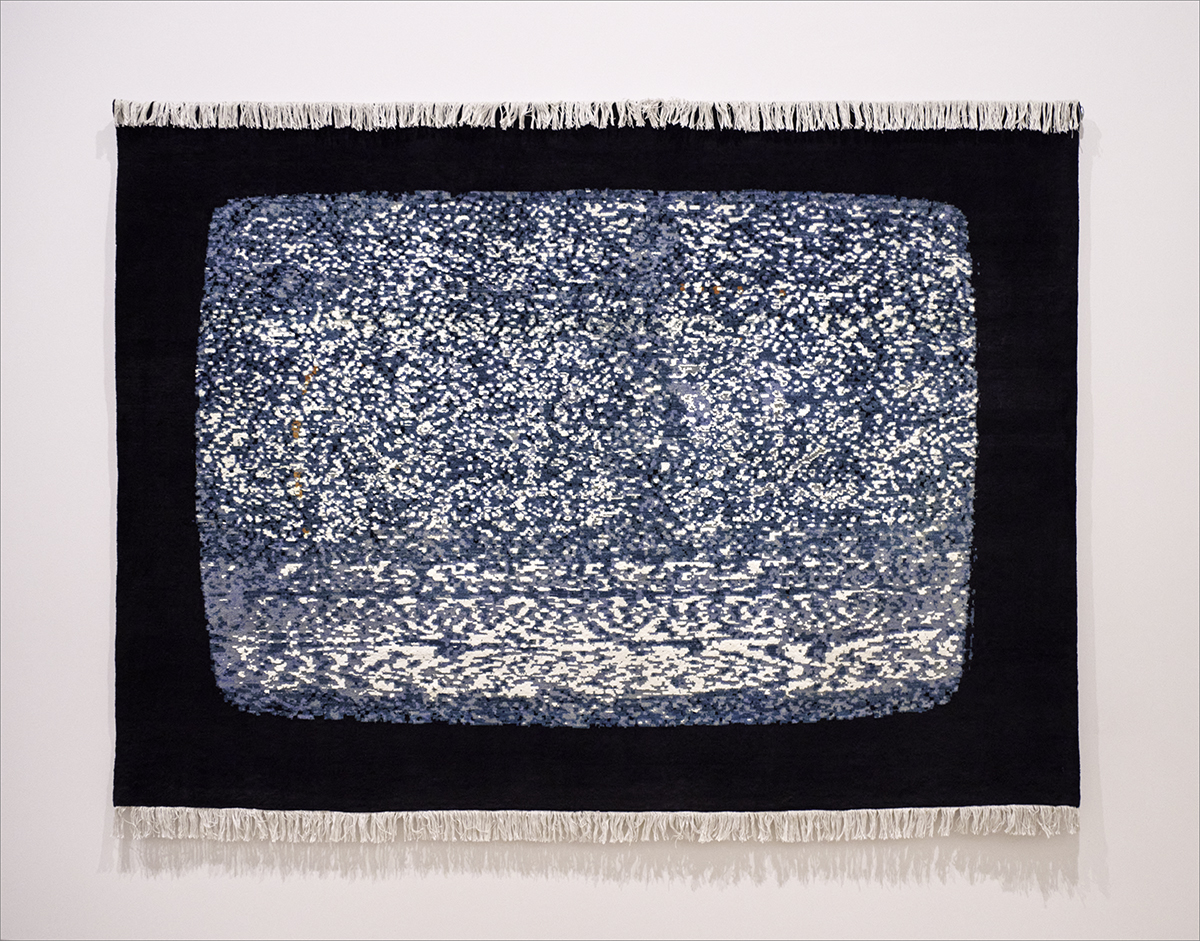
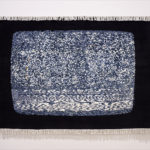
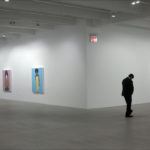
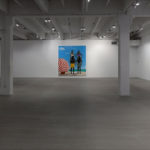
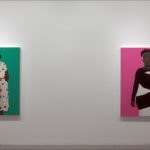
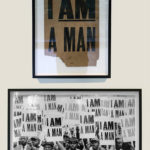

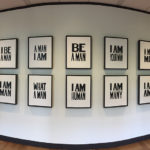
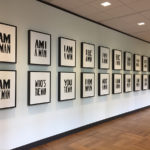


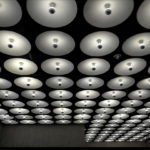
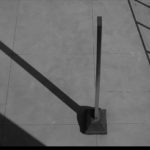

Great stops and insights! Looking forward to my own tour in May. Do you know if Kehinde’s Rumors of War will still be in Times square?
it has just been installed at its permanent location at The Virginia Museum of Fine Arts in Richmond, Virginia.